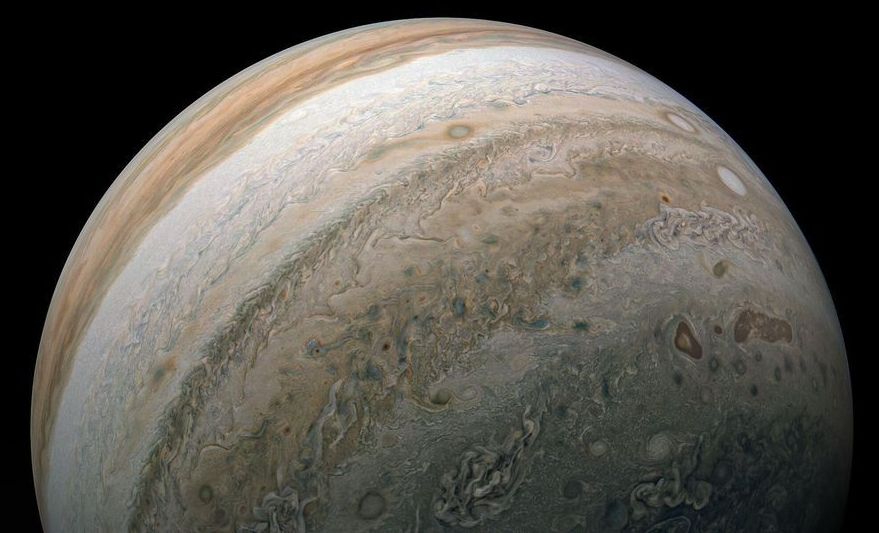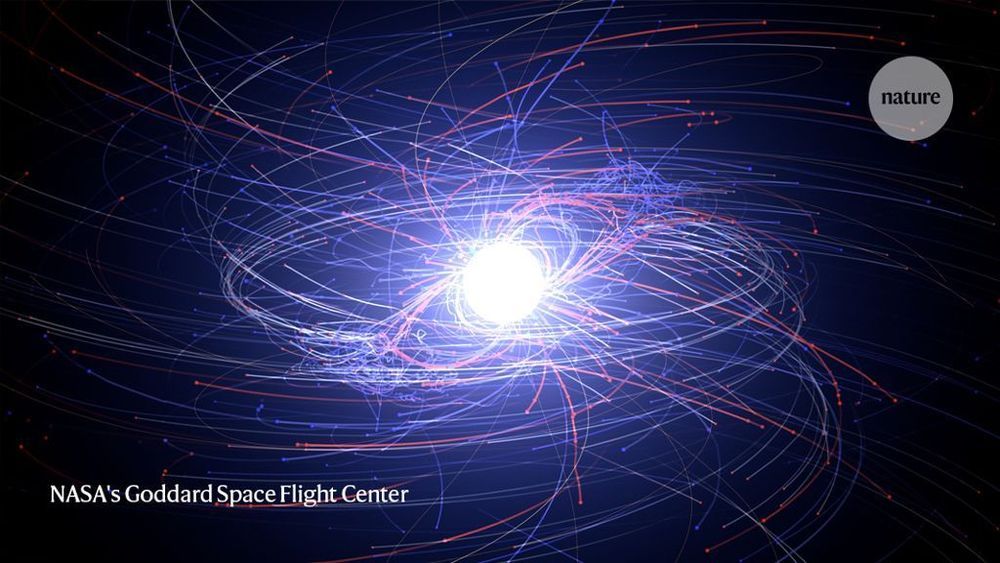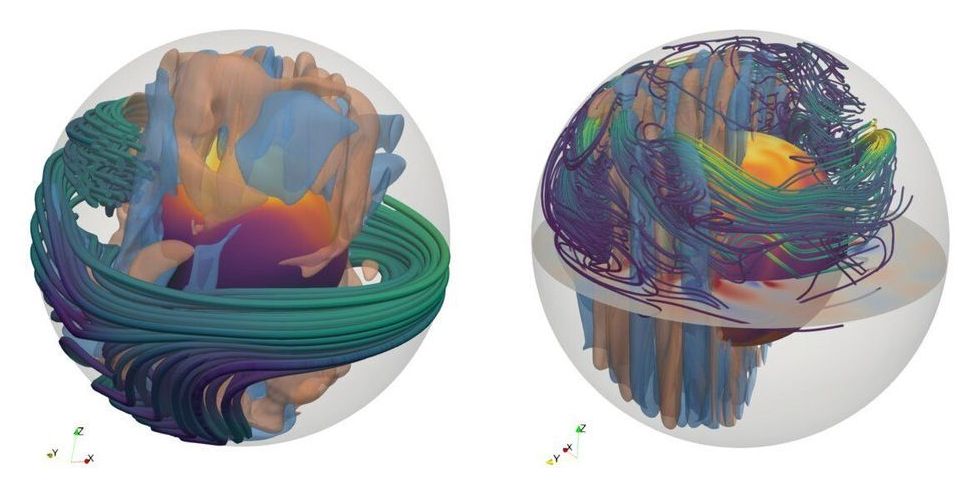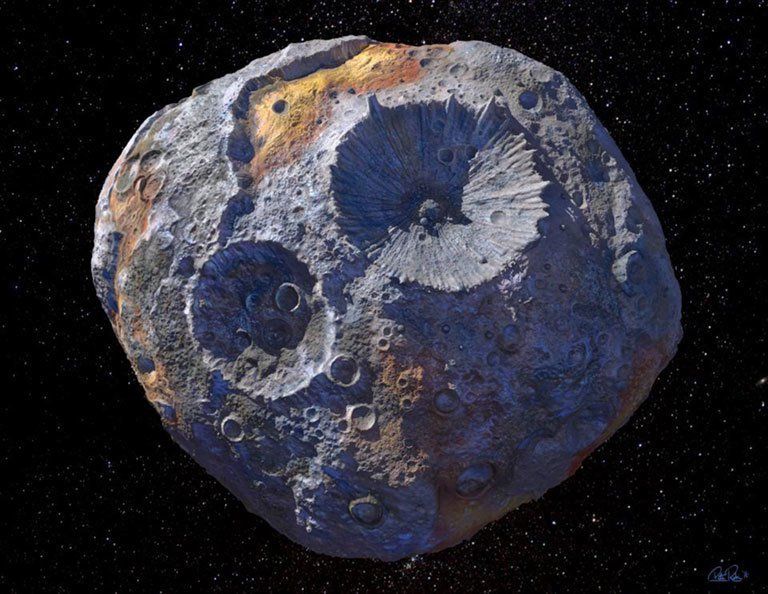I frankly think this of exotic species unknown but it has exotic movement.
With over 4,000 exoplanets found so far, it takes a particularly interesting one to stand out.
LHS 1815b literally does that. While most planet-bearing stars we find orbit the Milky Way in the plane of its disk, this planet’s host star’s orbit takes it well out of that plane, flying way up over the galaxy and way down below it over time, giving it a pretty interesting view of our galaxy.
First, the planet: It was found in TESS data, the Transiting Exoplanet Survey Satellite. This mission is surveying the entire sky, looking for planets around brighter stars. These tend to be closer to us, so TESS is finding planets that are in our neighborhood, galactically speaking.








